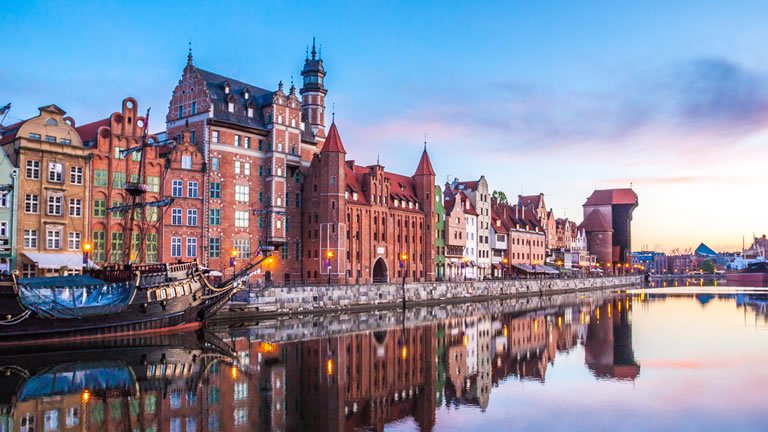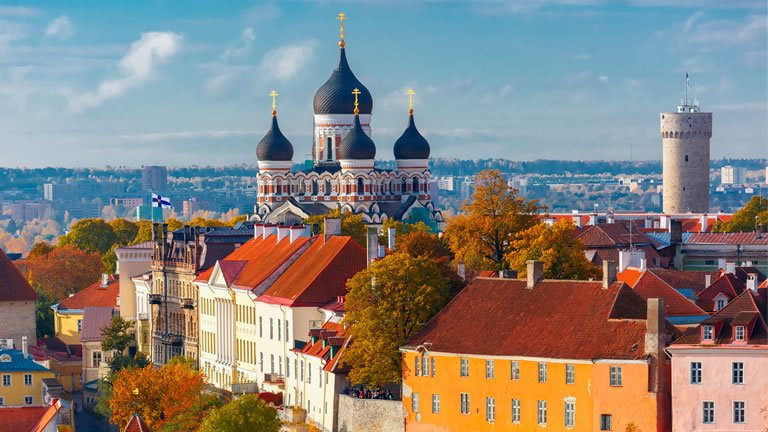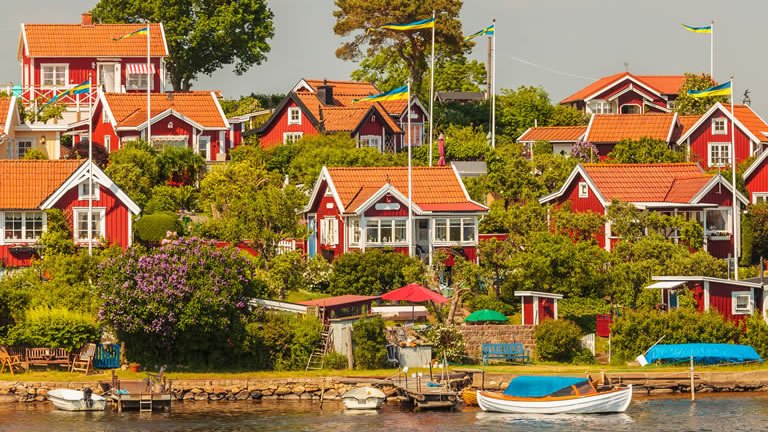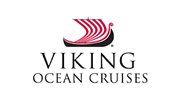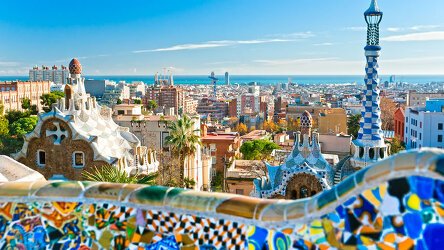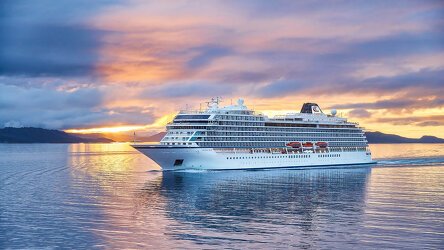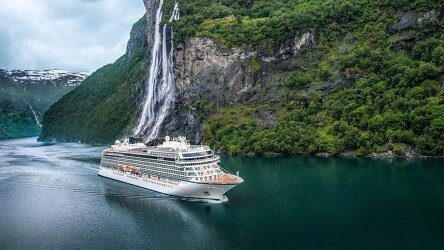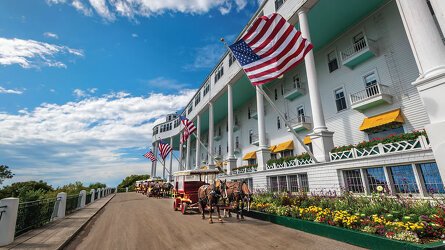Overview
Itinerary
Embark your ship and settle into your stateroom. Copenhagen charms visitors like a Danish fairy tale. Among the Baltic's most beautiful cities, it began as a fishing village and boasts more than 850 years of history. It has been an important Scandinavian port since the Viking Age and remains one of Europe's most enchanting places, thanks to Tivoli Gardens, the world's second-oldest amusement park, and The Little Mermaid statue sitting in the harbor at Langelinie. Grand palaces also grace the cityscape, including Amalienborg Palace, the royal winter residence, and Rosenborg Castle, home to the Danish Crown Jewels.
Copenhagen's skyline lies distinctly low to the ground, but some architectural elements soar above all else: the city's church spires and palace towers. For this reason, the Danish capital is often called the “City of Spires.” Perhaps the most unique, the baroque Church of Our Savior features a spiral stairway that hugs the outside of the steeple. Christian IV's former stock exchange building boasts a “dragon spire” resembling the entwined tails of four beasts, and the City Hall and Christiansborg Palace strike their own dramatic pose.
Gdańsk is widely known as the city of glowing amber and Gothic cathedrals. Its luster harkens back to medieval times when it was one of the most prosperous cities in the Hanseatic League, the mercantile powerhouse of the Baltic. The city's rich history is on display in the remarkably restored old town, a splendid mix of Gothic, Renaissance and baroque styles—from the royal residence of Green Gate to the 15th-century Artus Court, a merchant's palace. Traditional Polish pierogies or a glass of Goldwasser, a liqueur created here during the 16th century, round out any visit.
Lithuania's third-largest city is a historic port on the Curonian coast. Part of the Prussian Kingdom until 1923, when it won its autonomy, Klaipėda is divided by the Danė River, which flows through the city into the Baltic Sea. Along its left bank, the historic old town features cobblestone streets with historic German-style half-timbered houses, street art and a tree-lined promenade filled with cafés. The new town stretches along the Danė's right bank, past industrial sites and shipyards, amid venues that showcase the city's art and cultural heritage.
Riga is the largest and most cosmopolitan of the Baltic capitals. Here, medieval meets contemporary in a history and architecture lover's dream. Vaulting gothic spires and domes of ancient churches dot the narrow cobblestone streets of the UNESCO-listed Old Town, while wide boulevards host striking and ornate examples of stunning Jugendstil Art Nouveau buildings in the new town. Upscale shops mingle with modern art galleries and hip bars, amid innovative, candlelit restaurants, creating a vibrant atmosphere, day or night.
A member of the Hanseatic League, Riga has a fascinating history. The heart of its UNESCO-listed Old Town acts as a living museum with its labyrinth of narrow streets and historic squares. The city is home to a diverse population, including sizeable Russian- and Ukrainian-speaking communities, bringing a peaceful blend of customs and languages. Europe's largest collection of Art Nouveau architecture is found in Riga. The expansion of the city and explosion of the movement during the late 19th century has left a tapestry of magnificent buildings featuring elaborate facades.
The capital of Estonia, Tallinn is located along the coast of the Baltic Sea. Its well-preserved old town, a UNESCO World Heritage Site, is surrounded by a ring of 17th-century historic fortifications that were built to protect the city from invaders. Inside its walls are the upper town, where the regal castle and the cathedral are located, and the lower town, a maze of merchants' houses, guilds, churches and public buildings. Some of the most notable landmarks include the Town Hall Square, Alexander Nevsky Cathedral, St. Olaf's Church and the Kumu Art Museum.
Elegant Stockholm is nestled where Lake Mälaren's cobalt waters meet the Baltic. This stunning cultural capital extends over 14 islands linked by 57 graceful bridges. Hailed as one of the world's cleanest cities, it boasts numerous green parks. The well-preserved 13th-century Gamla Stan, or old town, boasts gabled merchant houses and an array of architectural styles, from the enormous baroque Stockholm Palace to the art nouveau Royal Dramatic Theater. Strandvägen is one of Europe's loveliest waterfront esplanades and the ideal place to sample some traditional smoked salmon.
Stockholm is an open book for those interested in Swedish culture and history; the city has one of the highest concentrations of museums in the world. The most prominent is the maritime Vasa Museum, which houses the restored 17th-century ship Vasa. Other homestead reconstructions are spread across the Skansen open air museum on the isle of Djurgården, providing a glimpse of life before the Industrial Age. Art lovers may also linger among the thousands of paintings and handicraft pieces at the National Museum or admire works by Picasso and Dalí at the Moderna Museet.
The Swedish-speaking city of Mariehamn is the capital of Åland, an autonomous territory under Finnish sovereignty. The archipelago spans approximately 6,700 islands and lies halfway between Finland and Sweden. The compact city center sits between two harbors and offers a number of restaurants, cafes and shops. A haven for outdoor activities, it is an ideal location to explore the region by land or by sea. The city's Viking heritage is a celebrated treasure; each year, Mariehamn hosts the annual Viking Market, one of the largest of its kind in Scandinavia.
Much of Gotland's landscape dates to the 6th century, when Vikings dominated the island. More Viking relics have been uncovered here than anywhere else in Sweden, making it a treasure trove of the era. Its strategic location bolstered the local economy when merchant ships of the Hanseatic League docked here for provisions or for trading. Visby grew into the most important city of the League, surpassing even Bergen in significance. Its two miles of defensive walls and 44 watchtowers are among the most remarkably preserved in Europe.
Founded by Charles XI in 1860, Karlskrona is a fine example of Sweden's Renaissance-style architecture. The Admiralty Church, built in 1685, is one of the town's prominent buildings, and the town's wooden church is the largest in Sweden. Karlskrona's maritime history can be seen throughout; it is a base for the Swedish Navy and its port was awarded UNESCO world Heritage status in 1998. The Naval Museum showcases the port's history and its exhibits include a submarine. The nearby Kungsholm Fortress is the world's oldest fort still in operation today.
Copenhagen was a founder of the New Nordic Cuisine movement, and is considered one of the world's up and coming gastronomic hot spots. With dishes that reflect Danish history, geography and culture, meals are famed for their use of simple ingredients prepared with a modern, contemporary flare. A typical menu would feature fish that is smoked, pickled or breaded and fried in butter or lard. Or it may include the Danish national dish, which is stegt flæsk—crispy pork served with parsley sauce and potatoes.
Gothenburg is a thriving university town of picturesque canals, parks and gardens. Founded under a royal charter of Swedish King Gustavus Adolphus II in 1621, it grew into a major port. In the 18th century, the city prospered from the trade of the Swedish East India Company. That successful period is reflected in the stunning neoclassical stone houses that remain around the city's canals. Today, a maritime and mercantile past is visible in Gothenburg's cultural institutions, from the Gothenburg Museum of Art's paintings to the several museums of navigation and seafaring.
Bid farewell to your fellow guests and journey home. Or spend more time exploring, perhaps joining one of our extensions.
Life Onboard Viking Saturn
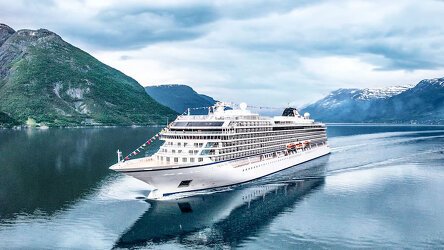
With her maiden voyage in 2023, the Viking Saturn is an all-veranda ship, part of a fleet of award winning, state of the art ships incorporating all the comforts & luxuries you would expect from Viking. Read more
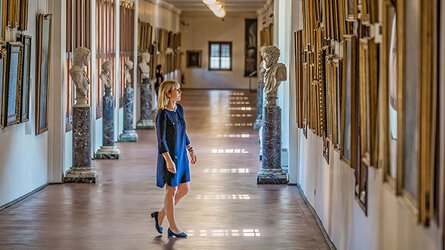
Viking are destination experts. With no casinos or children on board, you can be assured that the focus is firmly on enrichment and education. Read more
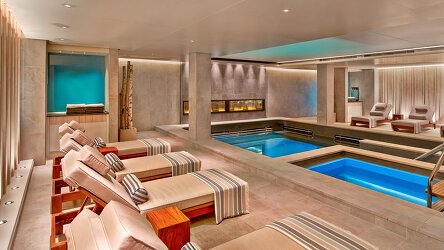
After a day of exploration or just to enhance the relaxation of a day at sea, the on-board Spa will leave you feeling recharged and revitalized. Read more

Viking offer eight on board dining options. Beer, wine and soft drinks are available with lunch and dinner at no additional charge of fee. Read more

Viking proudly includes all that you need and nothing you do not. A variety of features and services valued at $200 per person per day are standard inclusions in your cruise. Read more
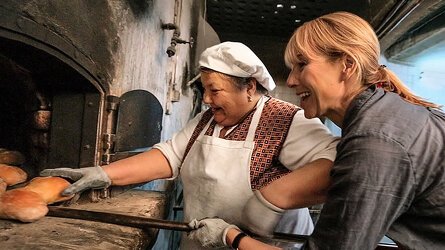
Viking include one complimentary shore excursion in every port of call. Enjoy exclusive entry to cultural treasures and seldom-seen collections around the world. Read more

Brochure
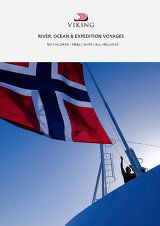
Viking River, Ocean & Expedition Voyages (2025-27)
Availability
 USD
Port charges, taxes and fees included.
USD
Port charges, taxes and fees included.
Tour & cruises prices are per person. Prices shown have savings applied, are subject to availability and may be withdrawn at any time without notice. Pricing and trip details are correct at this point in time, however are subject to confirmation at the time of booking and are subject to change by Viking. For cruise itineraries, cabin images are sourced from Viking. These should be treated as indicative only. Cabin inclusions, upholsteries and room layout may differ to the image(s) shown depending on the ship selected and your sailing dates.
